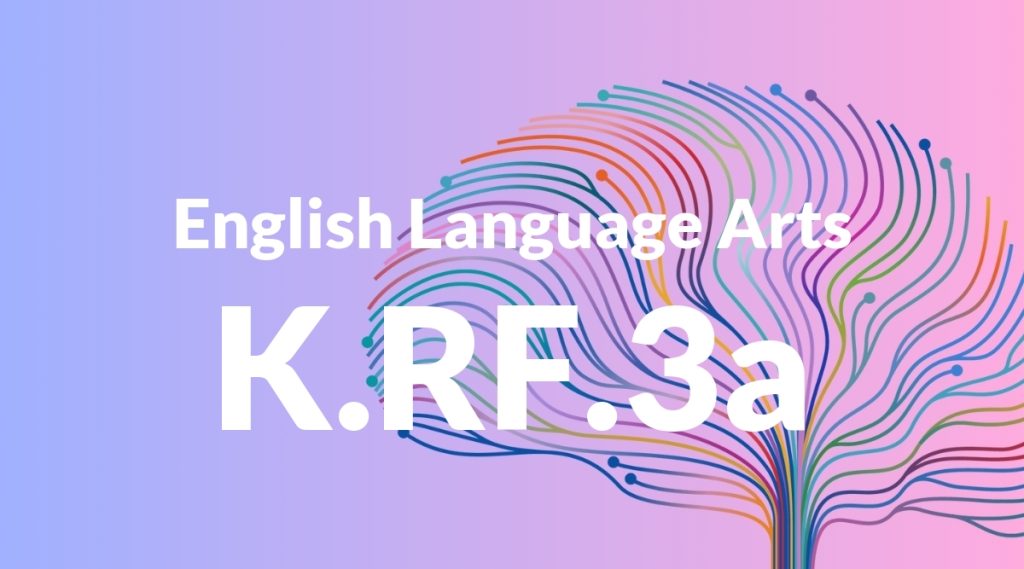Standard: K.RF.3a – Demonstrate basic knowledge of one-to-one letter-sound correspondences by producing the primary sound or many of the most frequent sounds for each consonant.
Grade level: Kindergarten
Subject: English Language Arts
Domain: Reading: Foundational Skills
Teacher Overview
This standard focuses on helping kindergarten students develop a foundational understanding of the relationship between letters and their sounds. This skill is essential for early reading development and sets the stage for more complex phonics and reading skills. Students should already be able to recognize most letters of the alphabet and understand that letters represent sounds.
Mastering this standard will prepare students to blend sounds to read simple words, enhancing their phonemic awareness and setting a strong foundation for reading fluency.
Common Misconception 1
A common misconception is that each consonant has only one sound. However, many consonants can represent different sounds depending on the word.
Intervention 1
To address this, introduce words that highlight different sounds of the same consonant and use multisensory activities to reinforce these variations.
Common Misconception 2
Another misconception is confusing similar-sounding consonants like ‘b’ and ‘d’. This confusion can hinder their ability to correctly identify and produce these sounds.
Intervention 2
Use visual aids, such as letter cards, and kinesthetic activities, like tracing letters in sand, to help students differentiate between similar sounds.
Prerequisite Knowledge
Students should be familiar with the alphabet and able to recognize and name most of the letters.
Subsequent Knowledge
After mastering this standard, students will be able to blend sounds to read simple words and will develop phonemic awareness, which is crucial for reading fluency.
Instructional Activities
- Letter-sound matching games
- Phonics songs and chants
- Interactive read-alouds focusing on initial sounds
- Using manipulatives like letter tiles to form simple words
- Engaging in small group phonics instruction




